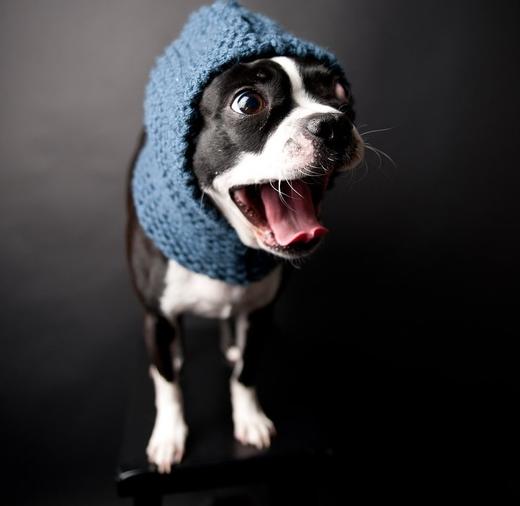Sometimes when I take my dog for walks, I let him run free. Can I remain alpha while he is running free?I wanted to thank you for your site. I have a beautiful red-nosed Pit Bull. He's my baby. He's almost two years old, and he's been such a good boy. Lately he started growling at me and my girlfriend and I was getting worried I would have to get rid of him. After reading through your site it only took a few hours to get my alpha spot back. Even took him for a walk tonight and it was the 1st time that he's walked beside me. I thank you so much for the information.
I have one question. Over the summer I take him out every weekend to a spot where we have lots of open land. I keep him on a leash until we get out away from the road. Then I let him off his leash to run through the fields and the woods. He never goes too far from us and he is always checking to see if we are coming. If we change direction we just call him and he goes the way go. Once when a deer jumped up not too far from him, it took a couple of calls, but he stopped and came back. Is this OK to let him run and play out in the woods and fields?
Answer:You are very welcome! I am very happy to hear you are now alpha. Your dog will love and respect you for it. Yes, that is OK to allow him to run free like that, so long as you are making the calls, not him. Make sure he is calm, and in a submissive mind-frame when you leash him up and when you take off the leash. If he is really excited when you are trying to take the leash off wait until he calms down. That is pretty important. You decide when he gets let off, you decide when he is to come back, and you decide what direction to go in. Change up on him often. So if he is ahead and he turns right, you turn left. If he runs back in your direction without you even calling him, that is even better; it shows he is following you. So long as he comes back when called and you are making all the decisions in the run, and you still take him for leashed pack walks to reinforce who is alpha in your pack, it is all good. I feel dogs need this type of, "off-lead, run your heart out" time.
When hunters go out hunting they must be the pack leader, but they are also in a situation while they are looking for the prey in which they are allowing the dog to use its nose to find it, which means the dog is walking where its nose leads, sometimes in front. It is a situation where the dog is working for the human and both dog and human know it, and they know the job at hand. When a lead is snapped onto a dog it is like you are connected. The dog at that point needs to heel. If you get to a gate that must be opened when walking off-lead you need to pass through before the dog. The dog has an understanding that you are allowing him to go in front so he can run and use his nose. This only applies if you are able to call him back and he listens, and when the leash is snapped on he goes into heel mode, because that means he understands your agreement.


















